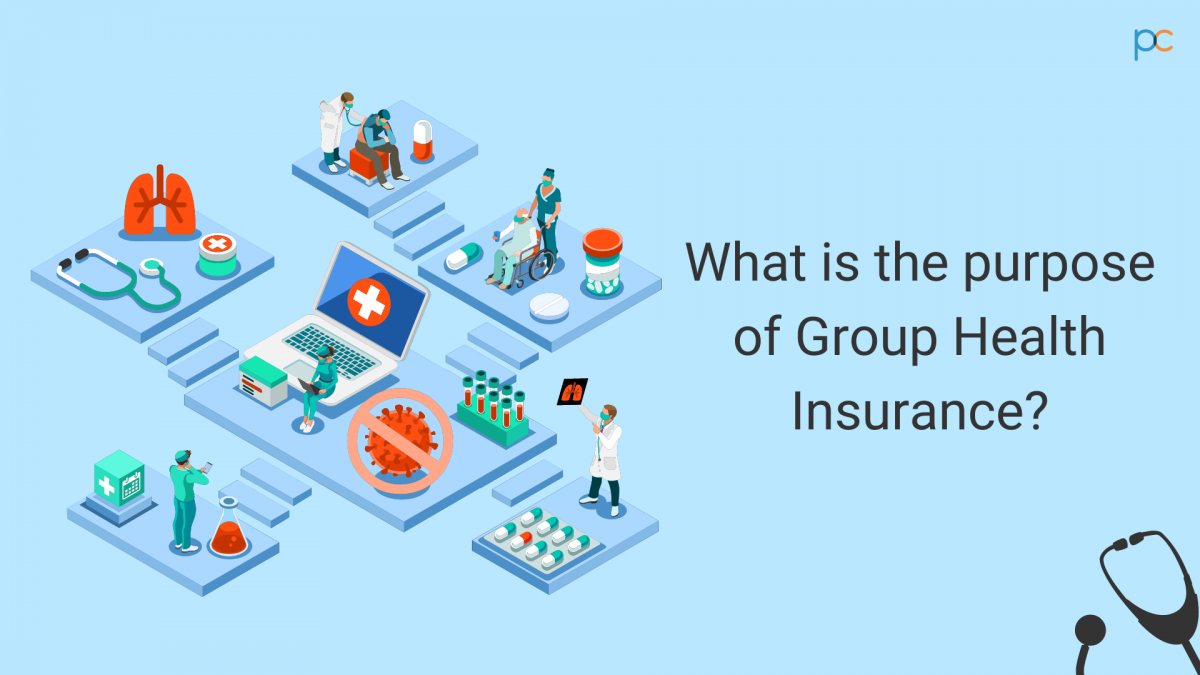Pacific Prime Fundamentals Explained
Table of ContentsPacific Prime Fundamentals ExplainedSome Of Pacific PrimeGetting The Pacific Prime To Work7 Easy Facts About Pacific Prime Explained
In many states, the insurance provider is needed to send you a copy of the modifications to your policy. It is essential that you review Endorsements or Riders so you comprehend exactly how your plan has transformed and if the policy is still sufficient to satisfy your demands. To get a copy of your insurance plan, please call your insurance policy agent or firm.
The Institute of Medication (IOM) Board on the Consequences of Uninsurance launches an extended examination of proof that addresses the importance of wellness insurance policy protection with the publication of this record. Protection Issues is the very first in a series of six reports that will certainly be released over the next two years recording the truth and repercussions of having an approximated 40 million people in the United States without health insurance policy protection.

The Buzz on Pacific Prime
The goal of this collection of studies is to refocus policy focus on a longstanding problem. Following the lengthiest economic growth in American history, in 1999, an estimated one out of every six Americans32 million adults under the age of 65 and greater than 10 million childrenremains uninsured (Mills, 2000).

Ten percent of the population make up 70 percent of health care expenditures, a relationship that has actually remained constant over the past three years (Berk and Monheit, 2001) - expat insurance. Therefore health and wellness insurance policy continues to offer the function of spreading out danger also as it increasingly finances routine care. From the point of view of health and wellness treatment service providers, insurance coverage lugged by their patients aids safeguard an income stream, and areas gain from financially practical and steady healthcare practitioners and institutions
Federal government gives wellness insurance policy to populaces whom the exclusive market might not serve efficiently, such as handicapped and elderly persons, and populations whose accessibility to wellness treatment is socially valued, such as kids and expecting women. The supreme ends of health insurance coverage for the individual and communities, including work environment communities of employees and companies, are boosted health end results and high quality of life.
Excitement About Pacific Prime
Workers rank wellness insurance coverage first by much in significance among all the benefits used in the workplace (Salisbury, 2001). There have been substantial investments of personal and public funds to give health and wellness insurance policy, numerous individuals still have no coverage. In spite of comprehensive coverage of survey findings and wellness treatment research results, the public continues to be baffled and misinformed concerning Americans without health insurance policy and the ramifications of lacking coverage.

Without concern, the intricacy of American healthcare funding devices and the riches of resources of info contribute to the public's confusion and suspicion regarding wellness insurance statistics and their interpretation. This report and those that will comply with purpose to boil down and present in readily reasonable terms the considerable research that bears upon questions of medical insurance coverage and its value.
Fifty-seven percent of Americans questioned in 1999 believed that those without health and wellness insurance policy are "able to get the care they need from physicians and hospitals" (Blendon et al., 1999, p. 207). In 1993, when national attention was concentrated on the problems of the uninsured and on pending health treatment regulation, simply 43 percent of those questioned held this idea (Blendon et al., 1999).

They additionally obtain fewer precautionary services and are much less likely to have regular look after persistent problems such as hypertension and diabetic issues. Chronic diseases can bring about pricey and disabling issues if they are not well handled (Lurie et al., 1984; Lurie et al., 1986; Ayanian et al., 2000). One nationwide study asked even more than 3,400 grownups concerning 15 extremely significant or somber conditions.
The Buzz on Pacific Prime
Additional evidence exists later in this chapter in the conversation of insurance and accessibility to healthcare. https://canvas.instructure.com/eportfolios/2829699/Home/Pacific_Prime_Your_Ultimate_Destination_for_Insurance_Solutions. Individuals without wellness insurance policy are young and healthy and choose to do without protection. Practically fifty percent (43 percent) of those evaluated in 2000 believed that people without health insurance coverage are most likely to have health issue than individuals with insurance coverage
Voters and policy makers in emphasis group conversations define those without insurance as youths who have the chance to be covered and feel they do not require it (Porter try these out Novelli, 2001). Contrasted to those with at the very least some personal insurance coverage, the uninsured are much less most likely to report being in exceptional or very great health (Company for Health Care Research Study and Quality, 2001).
SOURCE: Facility for Price and Financing Researches, Agency for Healthcare Research and High quality, based upon MEPS information. Young adults between 19 and 34 are far much more most likely to do not have health insurance coverage than any kind of other age team. This is primarily because they are less usually eligible for employment-based insurance coverage because of the nature of their work or their brief tenure in it.
The assumption that individuals without insurance policy have better-than-average wellness follows from confusing the relatively young age profile of the without insurance with the far better health, usually, of younger persons. This obscures the link between health status and medical insurance. For those without accessibility to work environment medical insurance, bad wellness is a possible obstacle to buying nongroup insurance coverage due to the fact that such insurance coverage might be extremely priced, exclude pre-existing conditions, or be simply unavailable.